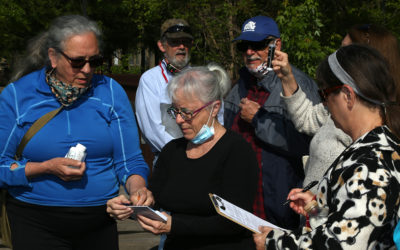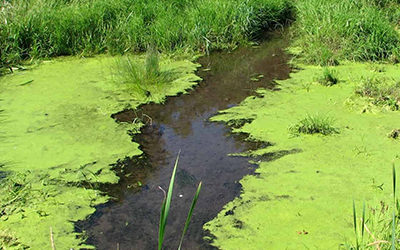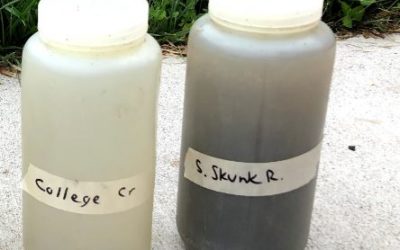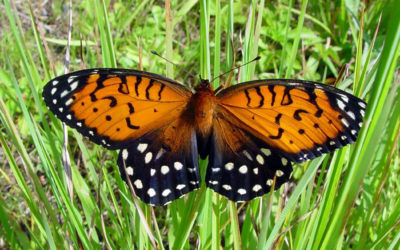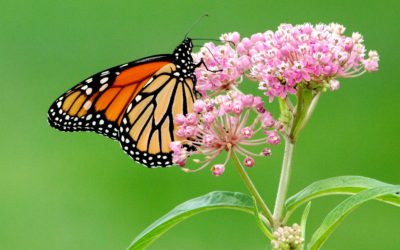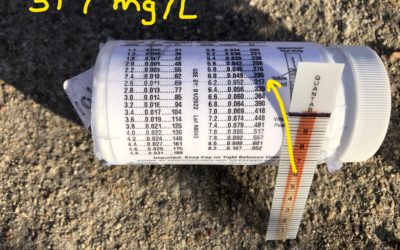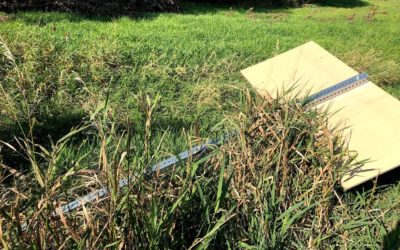Conservation Connection
2021 Spring Water Quality Snapshot
Results from May 2021 water quality monitoring event.
Algae: The Double-Edged Sword
We humans seem to have affection and fascination with the color green—the green of money, the green grass of spring after a long winter, the green of a Christmas tree or the expanse of leaves in a deciduous forest.
Weather Whiplash Returns!
Water quality in local rivers went from clear to coffee colored in the week since our volunteer water monitoring event.
Story County Develops First of Its Kind Water Monitoring and Interpretation Plan for 2021 – 2030
Prairie Rivers of Iowa along with staff from Story County and eight other local jurisdictions and organizations have developed a first-of-its-kind countywide comprehensive water monitoring and...
National for Twelves Day
On National For Twelves Day (4/12), our nation honors a magnificent number that holds significance in several ways. We measure our days in two 12 hour sets. When we buy roses, eggs, and pastries, we...
No-Till Farming The Low Hanging Fruit
The low-hanging fruit on a tree is that fruit that can be picked with the least amount of time and equipment. I consider the low-hanging fruit in conservation to be no-till farming.
Missing Monarchs, What it Means, Why it Matters, and How to Help.
It seems to be a yearly event nowadays, that we wait with bated breath for the release of the year’s final monarch count from Mexico, where they spend the winter. Similarly, each year, we're...
What’s carried with snowmelt?
When snow melts, salt applied to melt snow on sidewalks, roads, and parking lots can make its way to streams. Freshwater critters don’t like living in saltwater.
What’s in a (creek) name?
“Squaw Creek” in Story, Boone, and Hamilton County is now “Ioway Creek.” We discuss why this should be a welcome and uncontroversial change.

